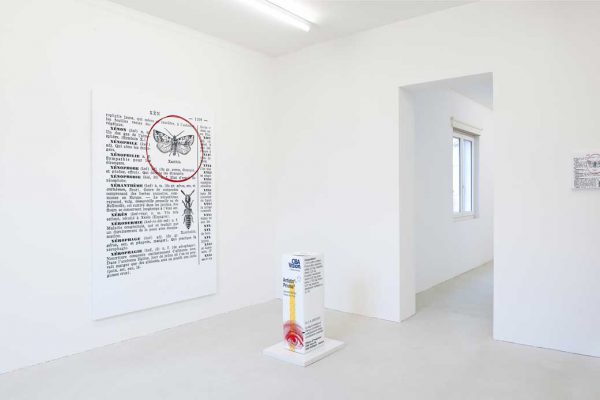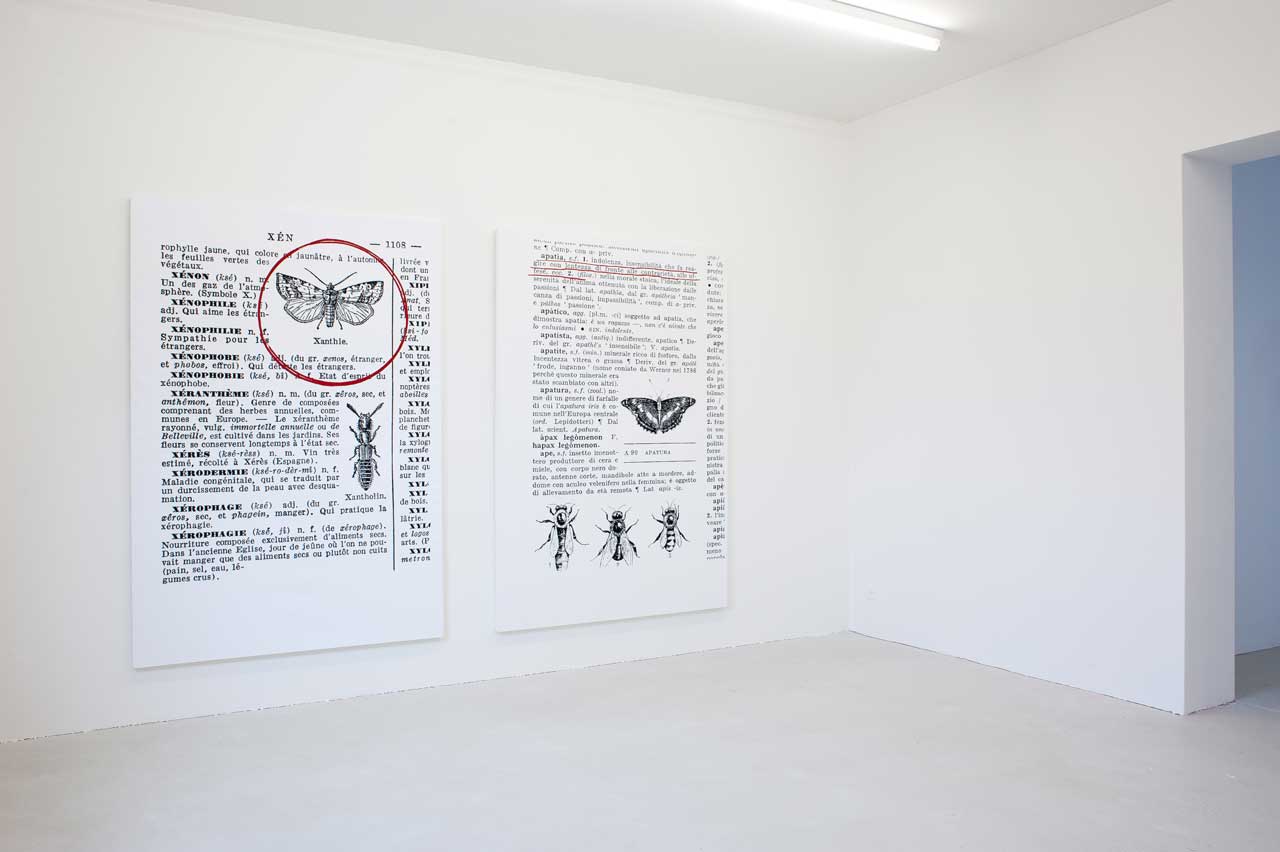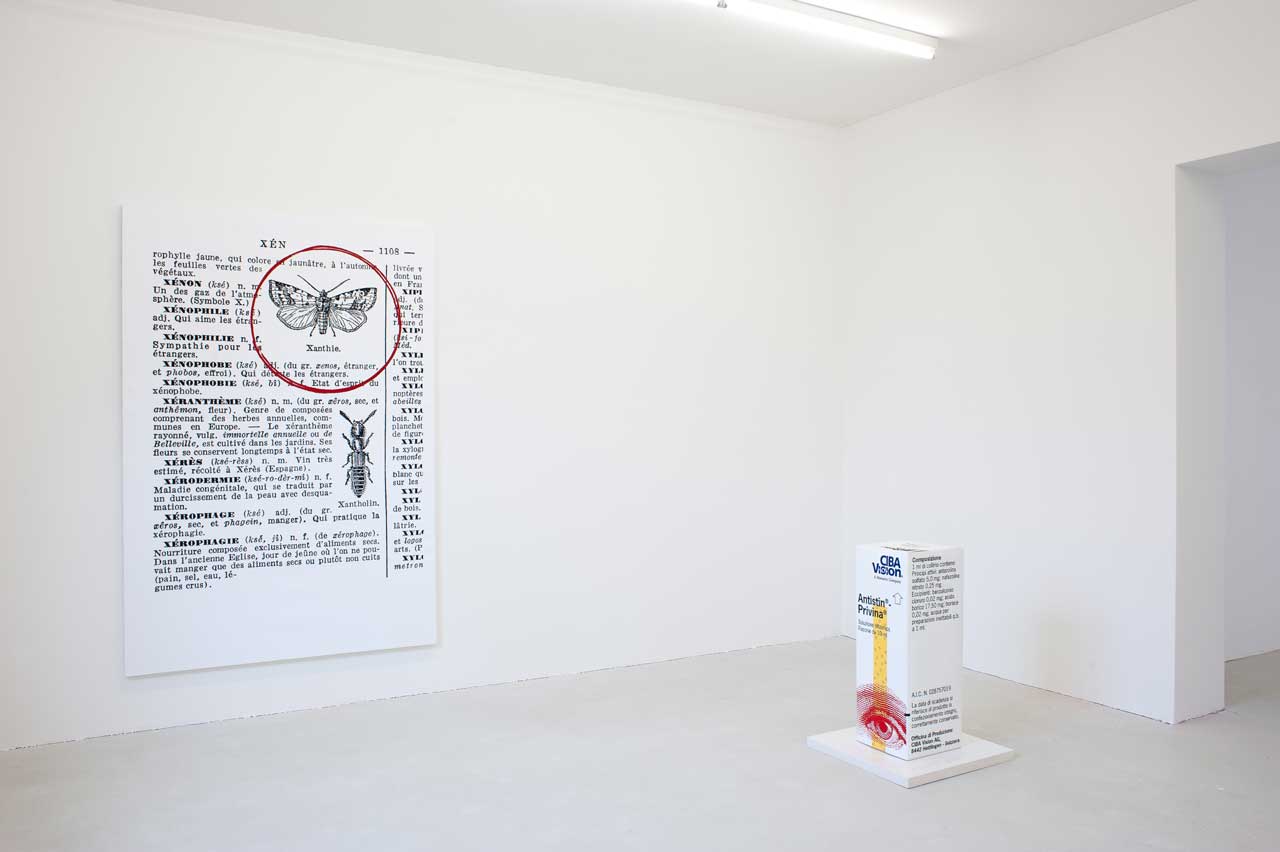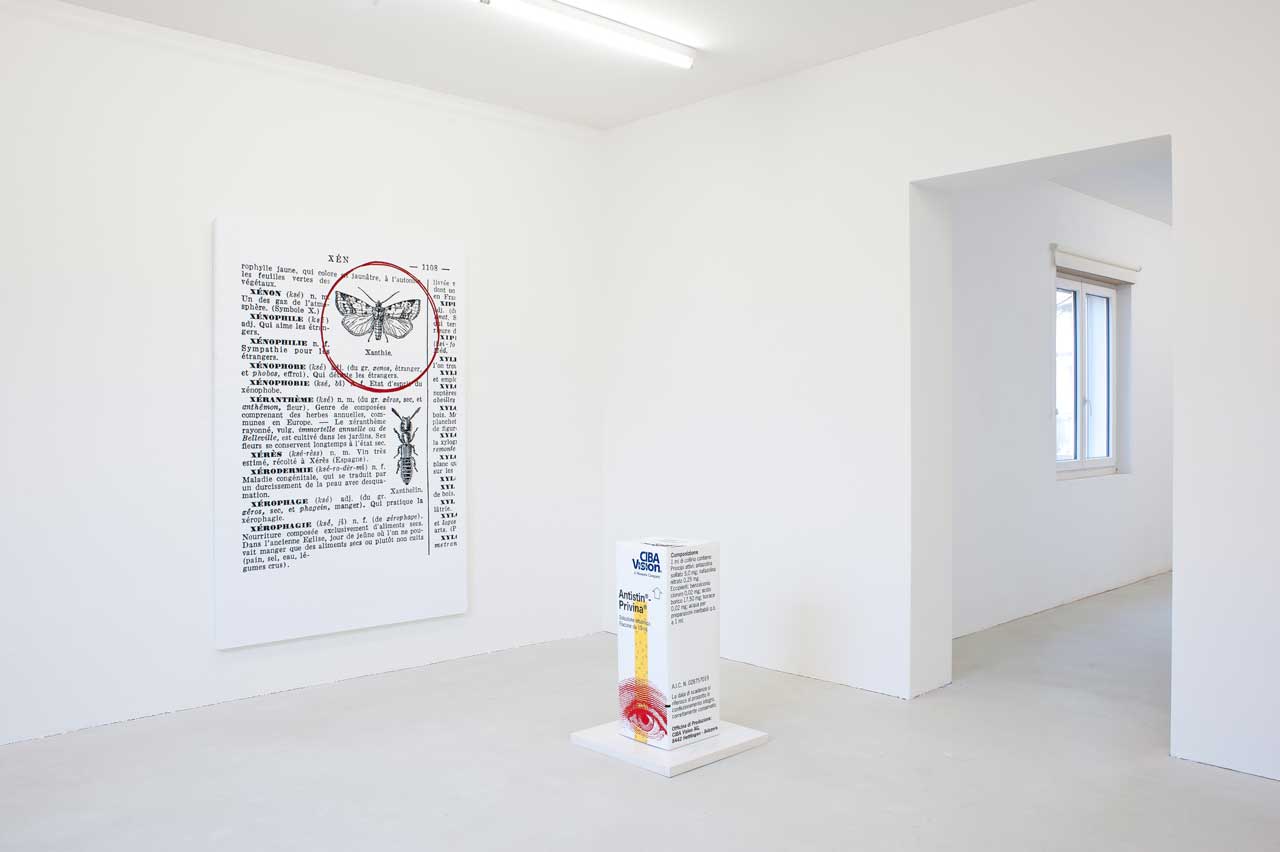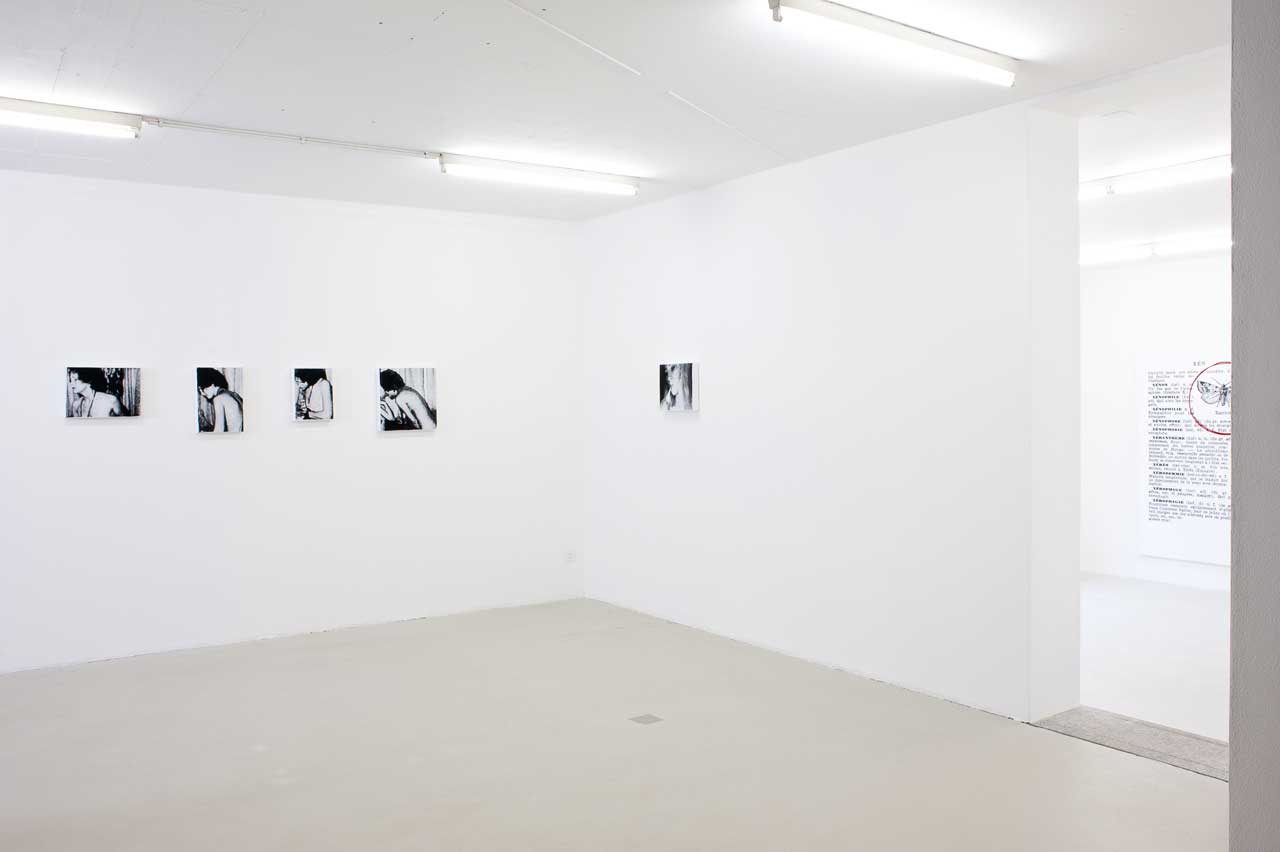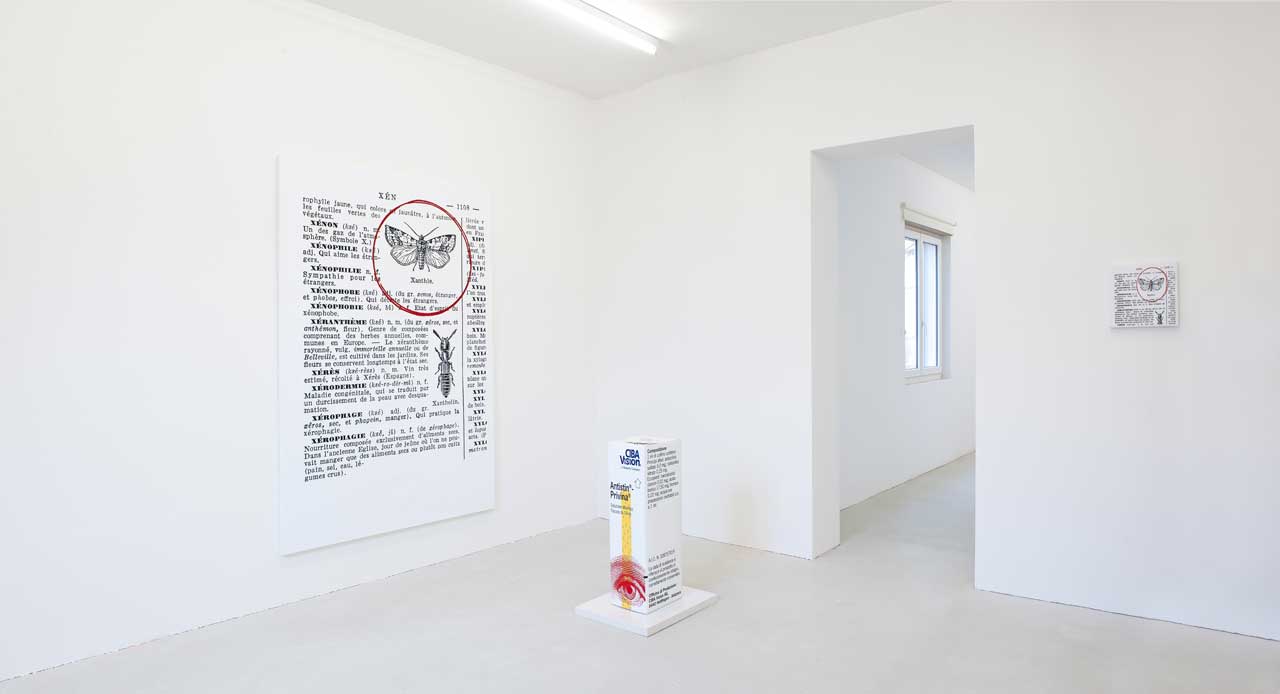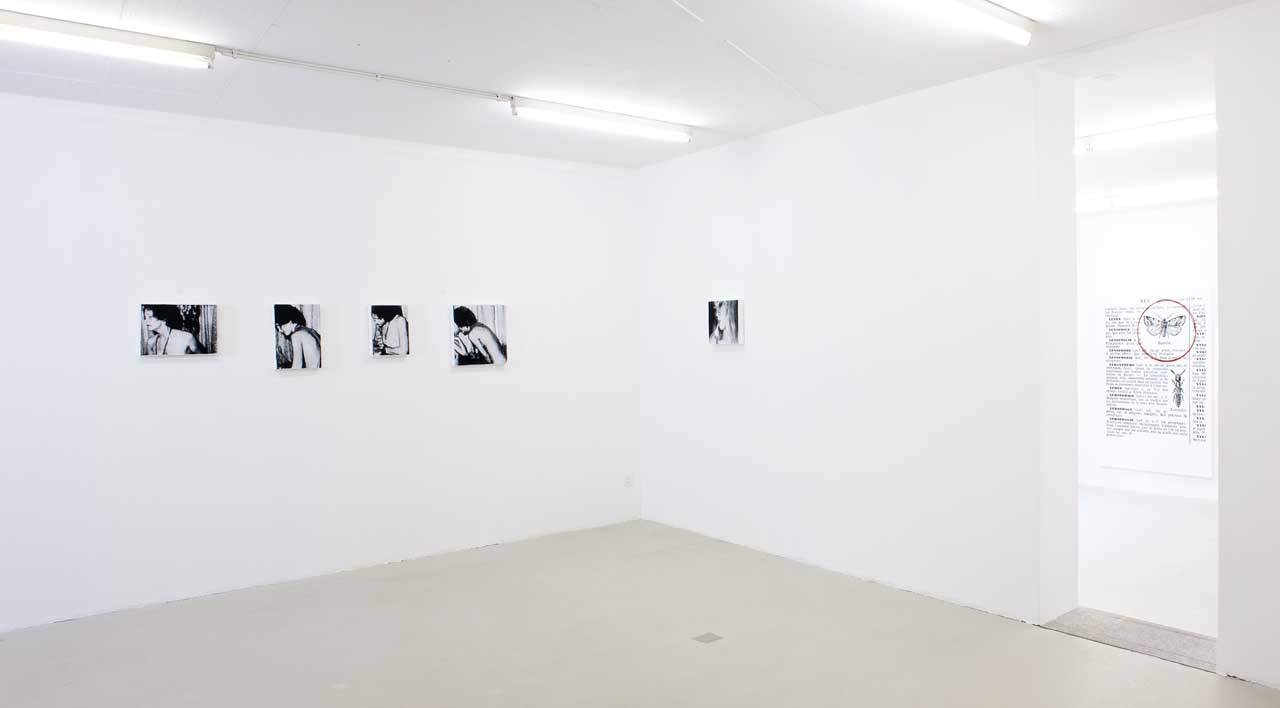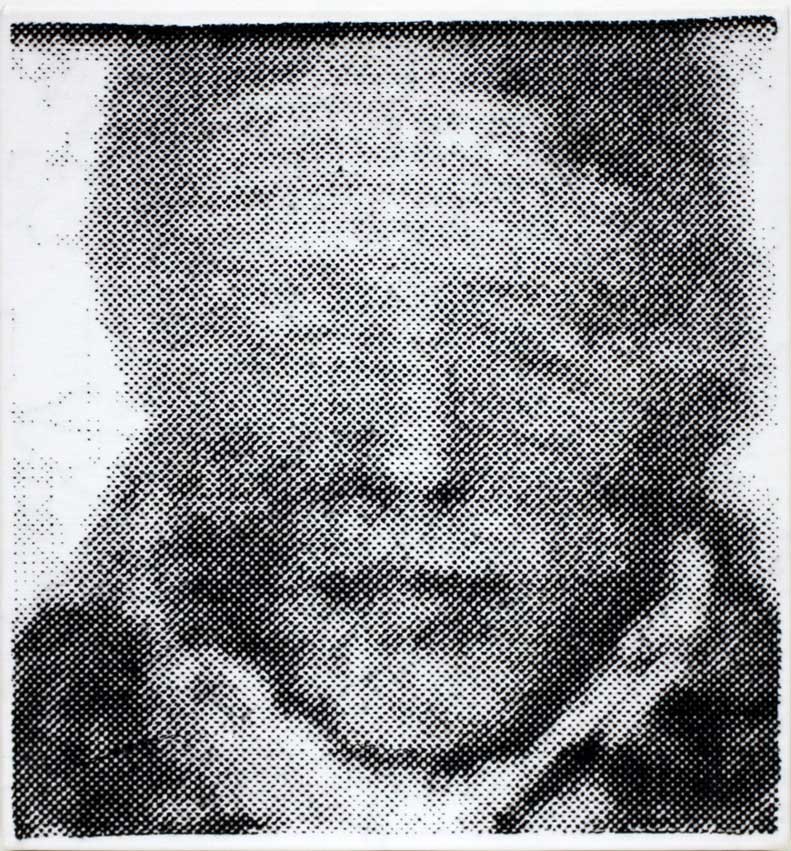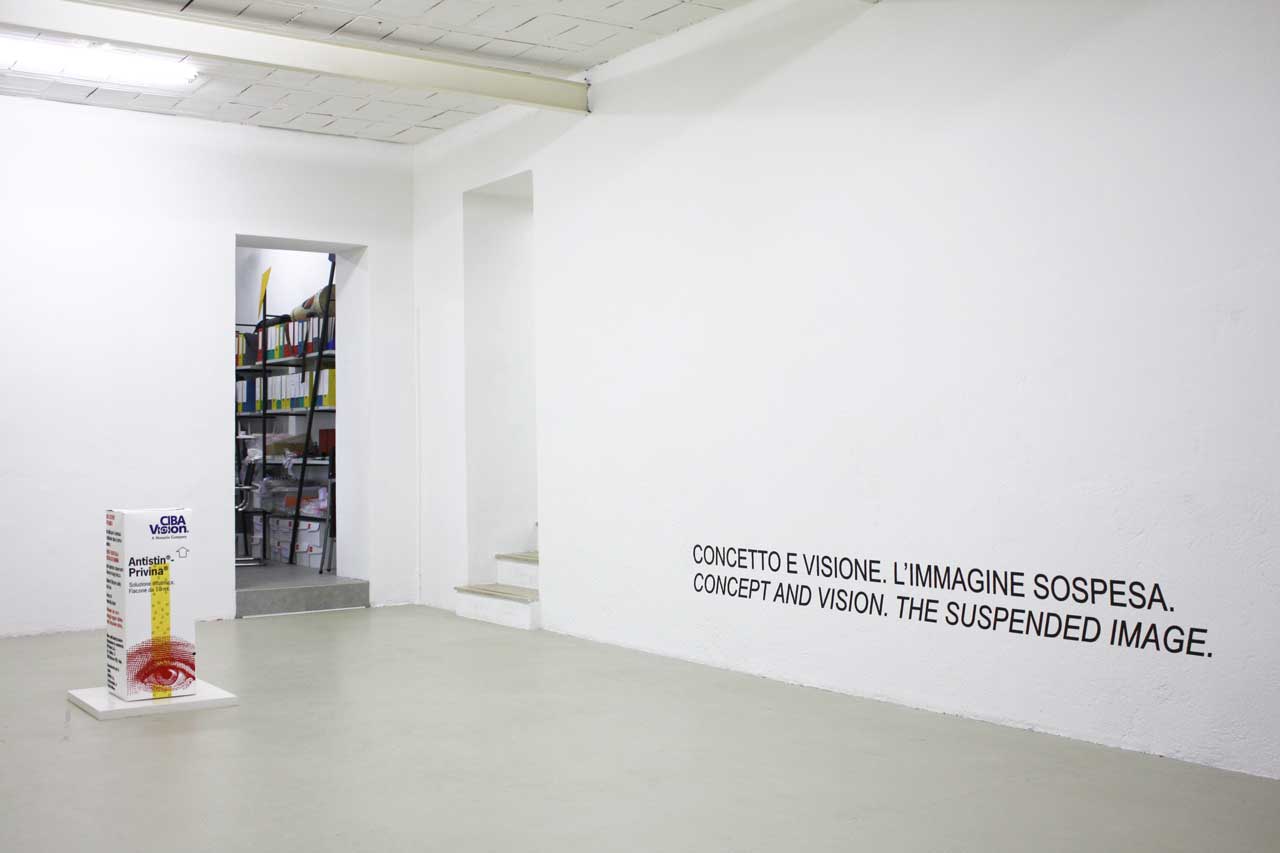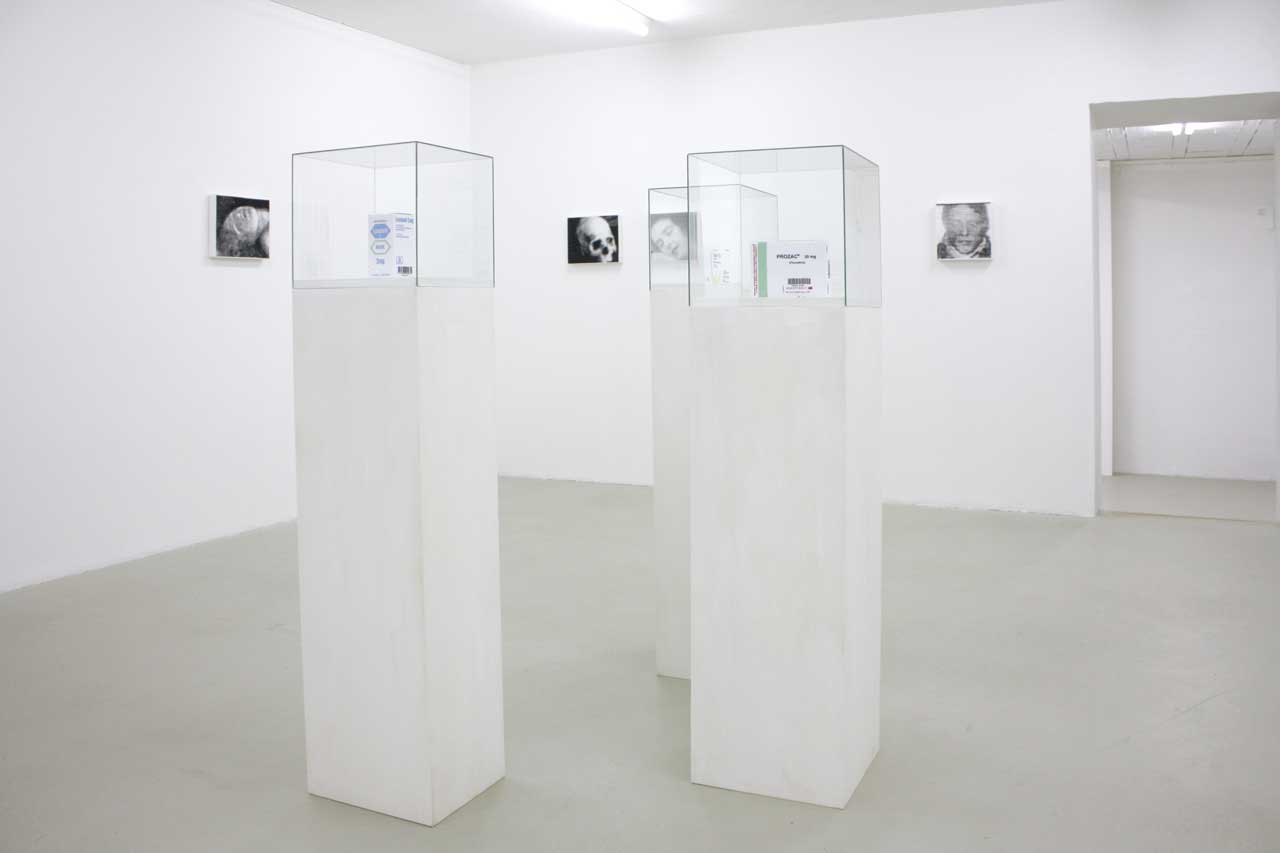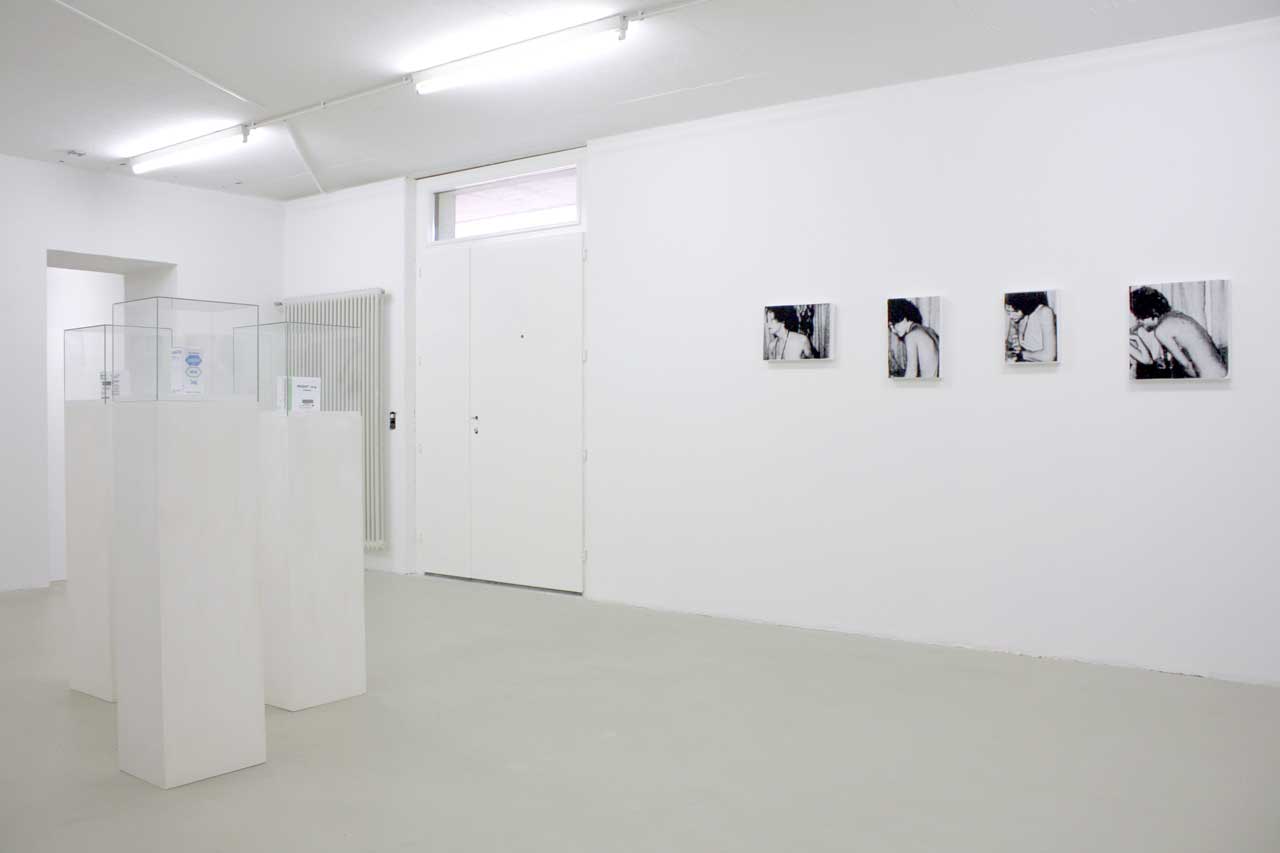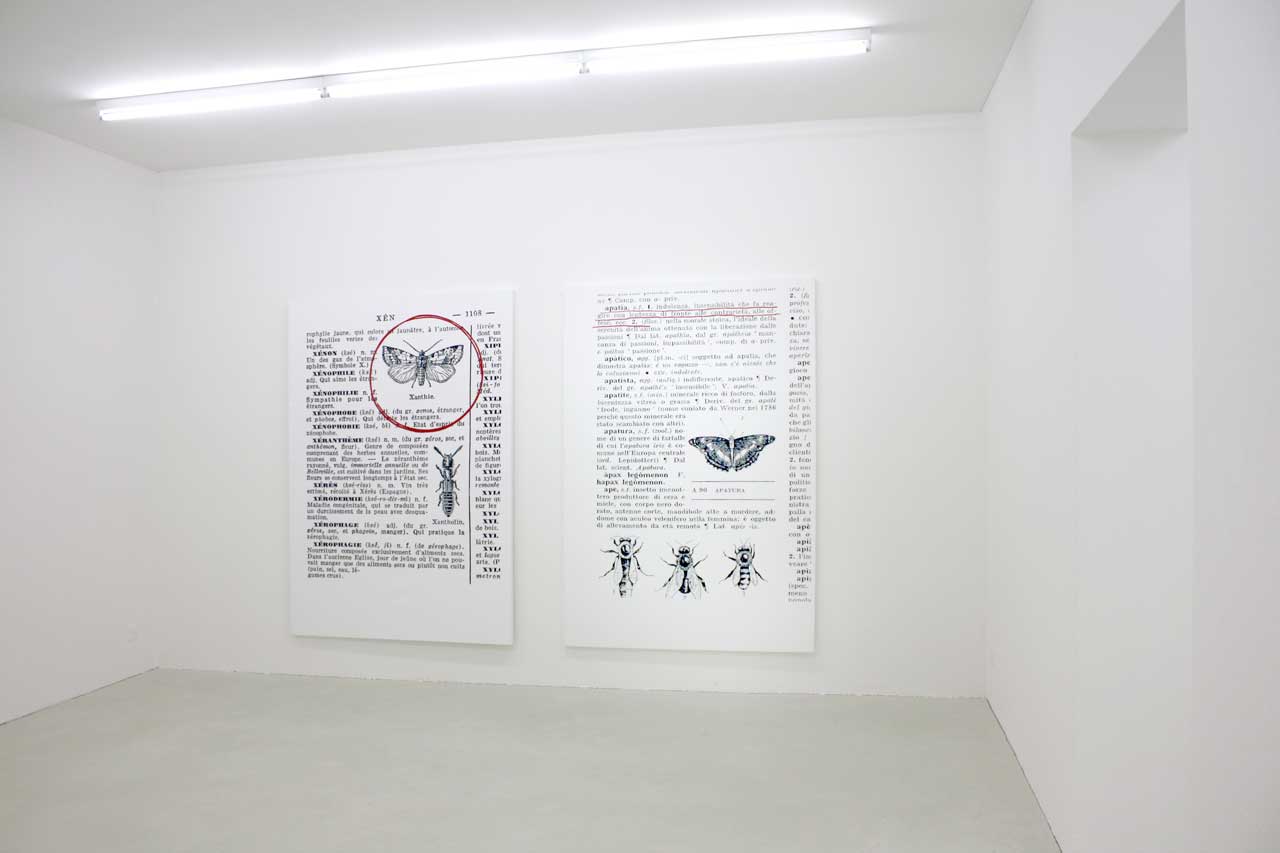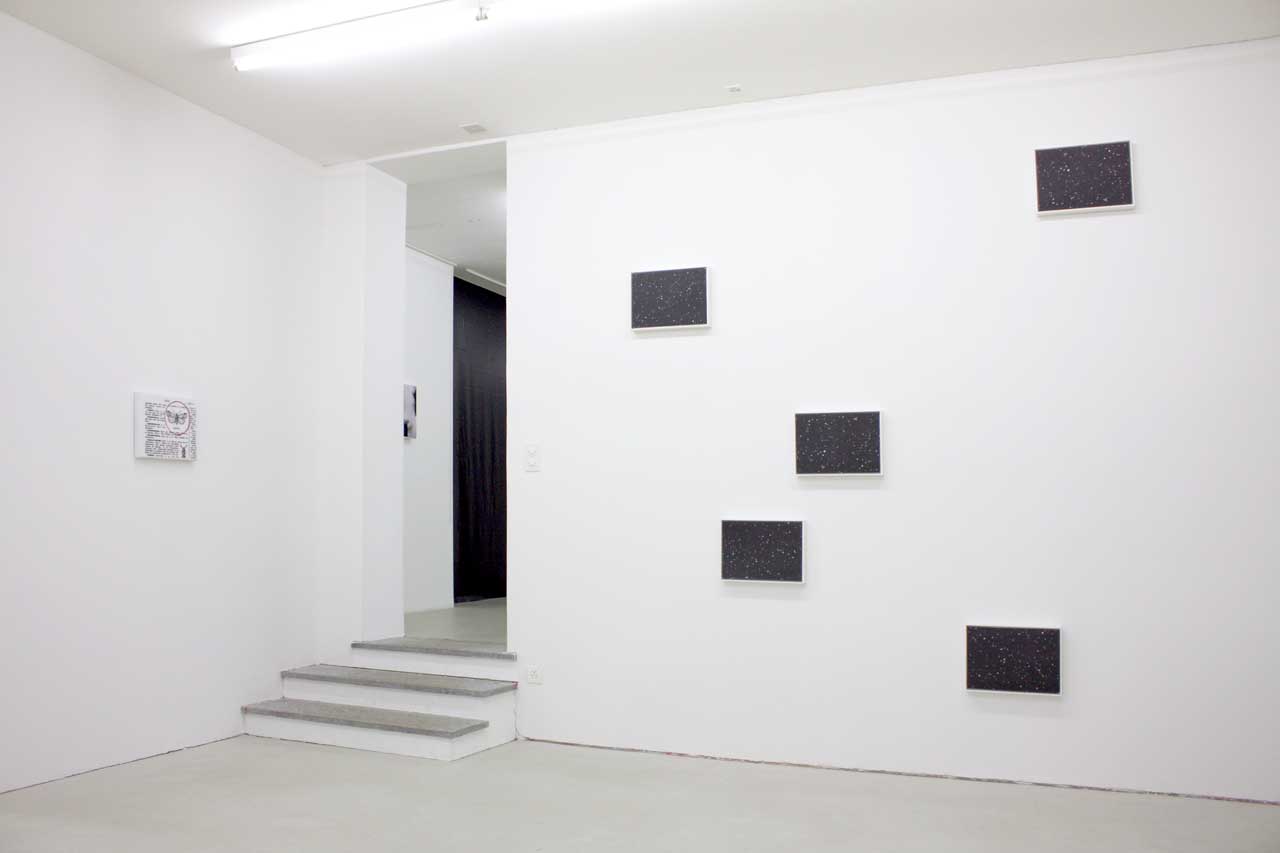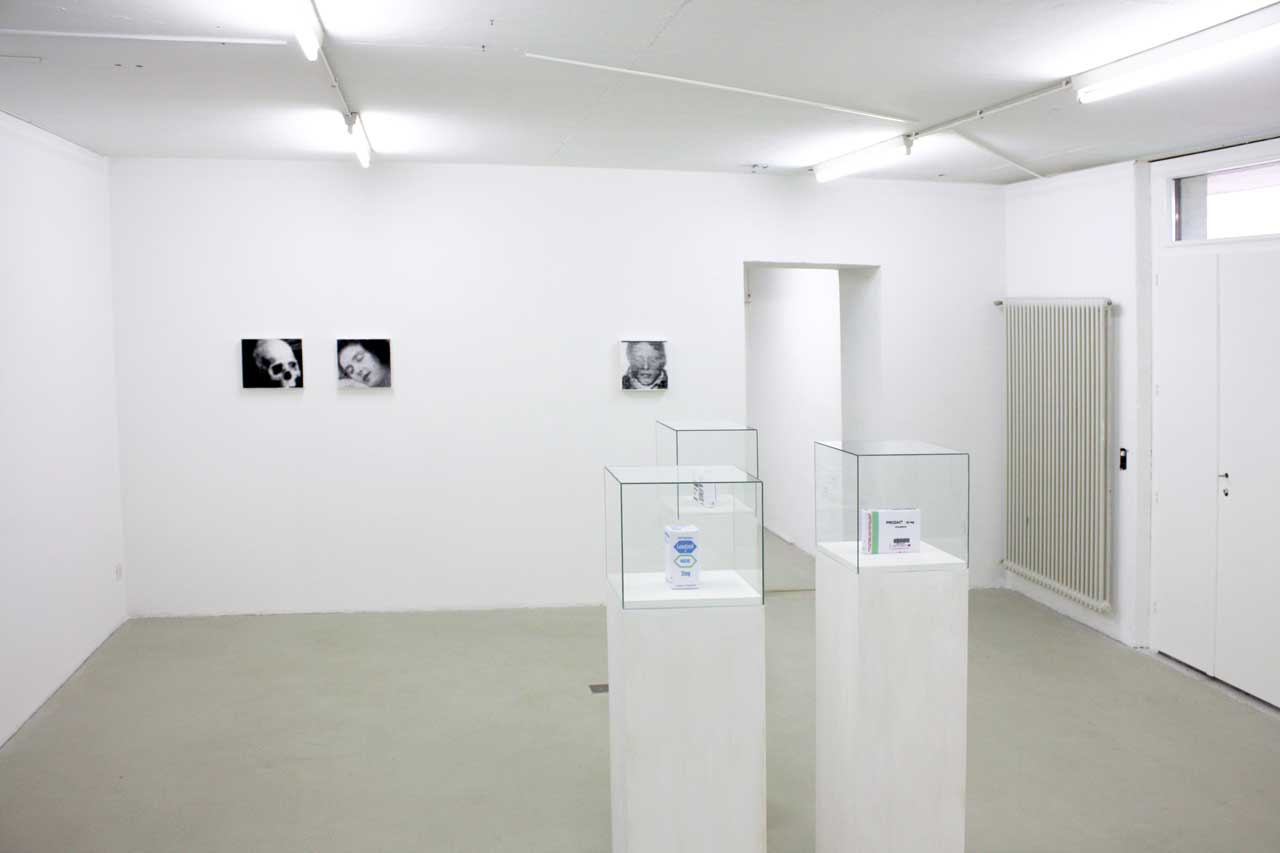Concept and Vision. The suspended Image.
Donato Amstutz
26 February – 3 April 2011
On Saturday 26 February, the CACT Centre of Contemporary Art in Canton Ticino is inaugurating the very first one-man show to be held by Donato Amstutz. Parisian by choice, the Swiss artist has spent years tackling and undertaking his work coherently, in a situation where the styleme only apparently induces us to tend towards the tradition of pictorial representation.
CONCEPT AND VISION. THE SUSPENDED IMAGE is the title I have chosen to present this exhibition, as it lends itself well to suggesting the various different aspects of the artistic approach adopted by Amstutz, who refocuses centripetally on man’s (con)figuration and his existence, balanced on the knife-edge between an analysis of reality and vision. As an acute, precise observer, his work’s starting point tends to take shape around the anthropological study of history and of the individual stories of every one of us, which the artist tackles by collecting and systematically recuperating common and sometimes commonplace images; often photographs that he has gleaned from daily newspapers or from vintage magazines, where he has a penchant for appraising and evaluating the many faces that have lapsed into oblivion since they were first published. His is a gut reaction of a man as subject to today’s overproduction of images.
He dwells longer in his reflection on the journalistic medium than others, treating it as a sign of the timeframes of a liturgy, of reiteration and reproducibility and of the political elaboration and manipulation of the reality it reflects… mass communications media, including the Internet, that he filters and makes his own, concentrating primarily on journalistic output as an element of fragility destined for decline.
Amstutz collects, isolates and cuts out black and white photographs taken from newspapers, communication media that are democratic and informative by their very nature, reflecting the reality of a given day. And he does so with the awareness that tomorrow will be another day. Capturing these images, taking them out of their contexts, deconstructing their original meaning and constructing a sublime new one for them, re-photocopying them to blow up their offset effect: all this is the artist’s basic approach. His purpose in doing this is to delve inside the image and give it new meaning, so as to put man back into the equation of the post-contemporary world around him.
There’s no doubt that the advent of science and technology has redesigned the way we see and look at things, giving life to a new aesthetic that draws on the liturgical paraphernalia of reflected imagery. The artist revives the consistency of the original paper material with the lightness of white cotton, on which he embroiders his figures – usually women’s faces – slowly, by hand and with the endearing, extenuating perseverance of the craftsman… like an old embroiderer at his frame, who stops virtual time in his act of making and reproducing, so as to take back real time.
And that is the principal aim of Amstutz. I have written on several occasions about how art has once again and always come back to demonstrate its own complete inability to adapt to and integrate with the real world, specifically the real world of a middle-class society that bears a strong imprinting of resurgent virtualisation, when it is not subject to its diktats that are often imposed through a variety of aesthetic models. Amstutz opposes the machine, the political instrument used to hold man in subjection, standing up in opposition to the ability of the apparatus, of that world that generates an exaggerated quantity of imagery destined for mystification and impermanence, to deprive us of vision and humanity. His women, all those characters of his that have thus far been anonymous, embroidered with patient, obsequious devotion to reproducing the offset system, acquire a new subjective identity and human value. Donato Amstutz restores the observer’s ability to find himself, to rediscover the intimacy of the soul he had lost in the teeming multitudes.
Mario Casanova, 2011 (translation Pete Kercher)
Ph. Pier Giorgio De Pinto © PRO LITTERIS Zürich and Jürg Waldmeier.
Where
MACT/CACT
Museo e Centro d’Arte Contemporanea Ticino
Via Tamaro 3, Bellinzona.
Opening hours
Friday, Saturday, Sunday
2 p.m. – 6 p.m.

